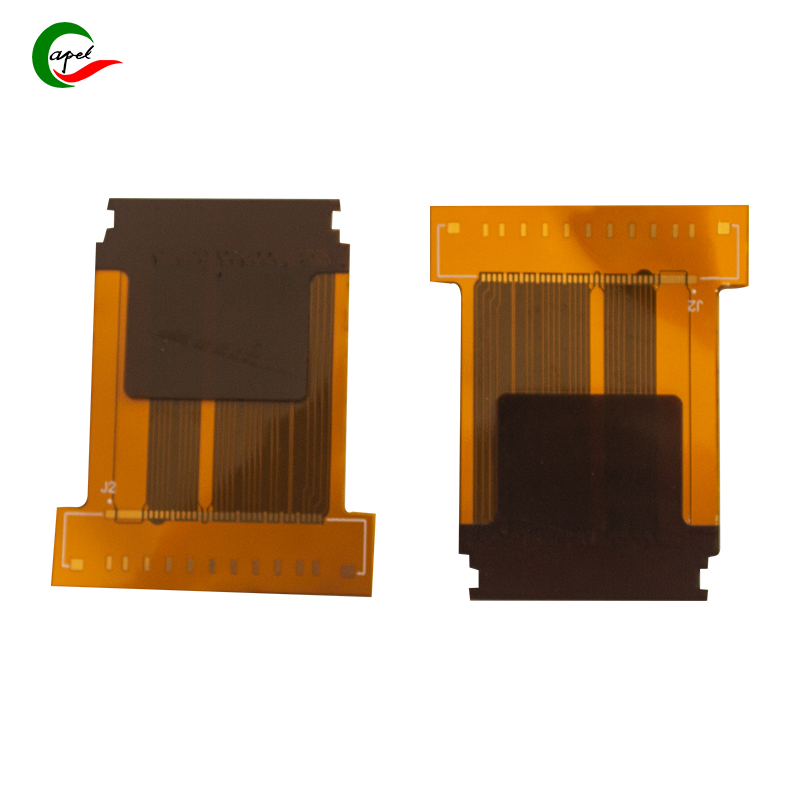Date: 2025-10-13
When it comes to flexible PCB surface finishes, I've seen too many projects derailed by poor choices. The decision between ENIG (Electroless Nickel Immersion Gold) and OSP (Organic Solderability Preservatives) isn't just technical - it affects your budget, manufacturing yield, and long-term reliability. Let me break down what really matters based on hands-on experience.
The Real-World Performance Breakdown
Having tested both finishes across dozens of projects, here's what actually works in practice:
ENIG brings that reliable gold surface we all trust. The nickel barrier underneath creates excellent corrosion resistance - I've seen ENIG boards survive harsh industrial environments for 5+ years without degradation. The low contact resistance (typically under 50 mΩ) makes it perfect for RF applications and connectors. But there's a catch: the nickel layer can sometimes cause brittleness in dynamic flex applications.
OSP surprised me with its flexibility performance. The ultra-thin organic coating (less than 1 micron) practically disappears on the board. For wearable devices that bend constantly, OSP maintains copper integrity where ENIG might develop micro-cracks. The trade-off? That organic layer provides limited protection. I once had OSP boards stored in humid conditions that oxidized beyond repair in months.
When Your Application Dictates the Choice
Through trial and error, I've developed these selection guidelines:
Go with ENIG when:
Your board faces harsh conditions (medical sterilization, automotive under-hood temperatures, industrial humidity)
You're working with high-frequency signals or precision components like BGAs
The design requires multiple reflow cycles or extensive rework
Connectors will be repeatedly engaged and disconnected

Choose OSP when:
Cost sensitivity is paramount (OSP typically costs 50-70% less than ENIG)
The design involves tight, constant bending (think foldable electronics)
You're manufacturing high-volume consumer products with short lifecycles
Assembly will be completed in a single reflow cycle with no rework
Common Pitfalls I've Witnessed
One memory stands out: a client insisted on using OSP for outdoor sensors to save costs. Six months later, we were dealing with widespread field failures due to copper oxidation. The "savings" evaporated in warranty claims and reputation damage.
Another frequent mistake: specifying ENIG for simple consumer gadgets where OSP would have performed perfectly. I recently reviewed a basic IoT device where ENIG added 30% to the board cost without any performance benefit.
Storage conditions for OSP boards deserve special attention. We now require suppliers to ship OSP-finished boards in vacuum-sealed packaging with humidity indicators. Any exposure to moisture beyond 50% RH starts degrading solderability almost immediately.
The Bottom Line from Experience
There's no universal "best" choice - only what's best for your specific application. ENIG delivers reliability and performance at a premium price, while OSP offers flexibility and cost savings with some environmental limitations.
The most successful engineers I work with make this decision early in the design process, considering not just electrical requirements but also manufacturing logistics, storage capabilities, and the product's expected lifespan. Getting this right from the start saves countless headaches down the road.
related link:
Capel manufacturing PCBs since 2009. Professional technology and high-precision Printed Circuit Boards involved in Medical, IOT, UAV, Aviation, Automotive, Aerospace, Industrial Control, Artificial Intelligence, Consumer Electronics etc..